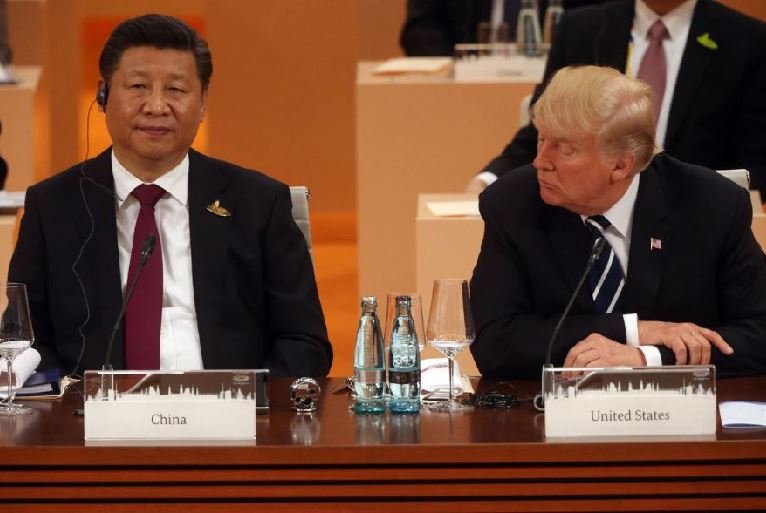Prof Muhammad Pate, the Coordinating Minister of Health and Social Welfare, stated that around 16,000 Nigerian doctors had left the nation in the previous five to seven years in search of better opportunities elsewhere.
Pate further stated that the doctor-to-population ratio in the country is now 3.9 per 10,000, with the estimated cost of training one doctor exceeding $21,000.
He noted that the departure of nurses and midwives had reduced the number of healthcare personnel in the country.
The minister made the announcement at the seventh annual capacity-building workshop of the Association of Medical Councils of Africa in Abuja on Tuesday, titled “Integrated healthcare regulation and leadership in building resilient health systems.”
According to him, an increasing percentage of Nigeria’s talented healthcare professionals prefer to work in other nations, citing economic opportunities, better working conditions, more advanced training, and superior research environments abroad.
He stated that the movement of health professionals from developing nations is not new but has increased in recent years.
“In Nigeria alone, over 16,000 doctors are estimated to have left the country in the last five to seven years, with thousands more leaving in just the past few years. Nurses and midwives have also thinned in numbers. The doctor-to-population ratio now stands at around 3.9 per 10,000—well below the suggested global minimum.
“But this trend is not just about people leaving. It represents a fiscal loss. The estimated cost of training one doctor exceeds $21,000—a figure that reflects the magnitude of public financing walking out of our countries. It deeply affects our health systems—leaving many of our rural communities critically underserved.”
He, however, stressed that the phenomenon offers an opportunity to rethink and reshape the policies to manage the valuable health workforce in ways that benefit our countries first and foremost.
“In Nigeria, guided by the vision of President Bola Ahmed Tinubu, who African Heads of State appointed as the AU’s Continental Champion for Human Resources for Health and Community Health Delivery, we are pursuing a new direction. His vision is for Nigeria to become a prosperous, people-orientated country that contributes to a peaceful and thriving continent. Not a standalone Nigeria, but a Nigeria that is interlinked with all our neighbours and sister countries.
“Under the Renewed Hope Agenda and within the framework of the Nigeria Health Sector Renewal Investment Initiative, we have embraced a new path—combining strategic realism with visionary ambition.
“The National Policy on Health Workforce Migration is a cornerstone of this path. It is designed to address health workforce migration with dignity—dignity for health workers, for the country, and the profession.
“It is data-driven, evidence-guided, and signals a clear direction. This is not a restrictive policy, nor is it one born out of resignation. We understand that the global health workforce shortage is at 18 million, and countries in the Global North face their human resource crises due to demographics and other factors. But our response is based on stewardship—balancing the rights of health professionals to seek opportunities abroad with our duty to protect the integrity and viability of our national health system.
“The objectives are clear – to retain and motivate health workers currently serving in Nigeria—thousands of whom work under difficult conditions; to establish ethical norms and explore bilateral frameworks for recruitment, aiming to correct global asymmetries; to expand training capacity—not only for domestic needs but to contribute to global workforce needs to enable structured reintegration for the thousands of Nigerian professionals abroad; and to strengthen governance, improve regulatory coordination, and build real-time data systems.”
He urged Africa to take the lead in developing a new global compact on health workforce mobility, based on pan-African training and accreditation standards, shared planning tools, evidence and data, continental negotiating platforms with destination countries, and long-term investments in those who care for our people.
Prof. Joel Okullo, President of AMCOA, emphasised the need for collaboration among African countries in addressing healthcare concerns and improving regulation and leadership across the continent.
He expressed the belief that the outcome of the workshop would produce actionable strategies to improve healthcare services across Africa.
“This year’s theme highlights our commitment to tackling the diverse array of challenges within the health regulatory landscape. It seeks to empower AMCOA members and associate members with the wisdom and skills needed for informed strategic and operational decisions in the coming year.
“In this intricate regulatory tapestry, our discussions will illuminate strategies and insights that will bolster regulators’ capabilities. Our focus will revolve around managing health workforce mobility and improving credentialing and information data management systems.
“Let us embark on this journey with enthusiasm and a shared sense of purpose. Our collaborative efforts today and over the next few days will lay the groundwork for transformative changes that will resonate across the healthcare landscape of Africa,” he noted.
Dr Fatima Kyari, Registrar of the Medical and Dental Council of Nigeria, welcomed attendees to the event and remarked that it was Nigeria’s first AMCOA workshop, commending leadership alignment towards the shared aim of patient safety.
Prof. Afolabi Lesi, MDCN’s Board Chairperson, emphasised the importance of healthcare regulators maintaining global standards while adjusting to local situations.
Lesi, who also serves as Chairman of the Local Organising Committee for the workshop, addressed the issues of fragmented professional relationships, which impede implementation and jeopardise patient care.
“The reality is that while we have committed and clear directions at the level of governance, implementation of actions is bedevilled by the fractured and fractious relationship among health workers who ought to be working as a team, with the patient (well-being and safety) as the primary focus of all our actions,” he said.











